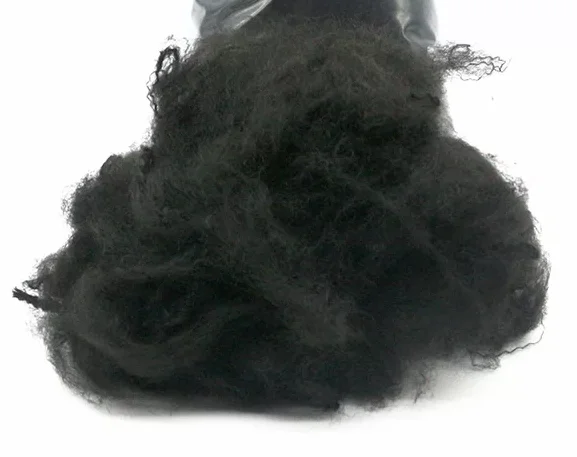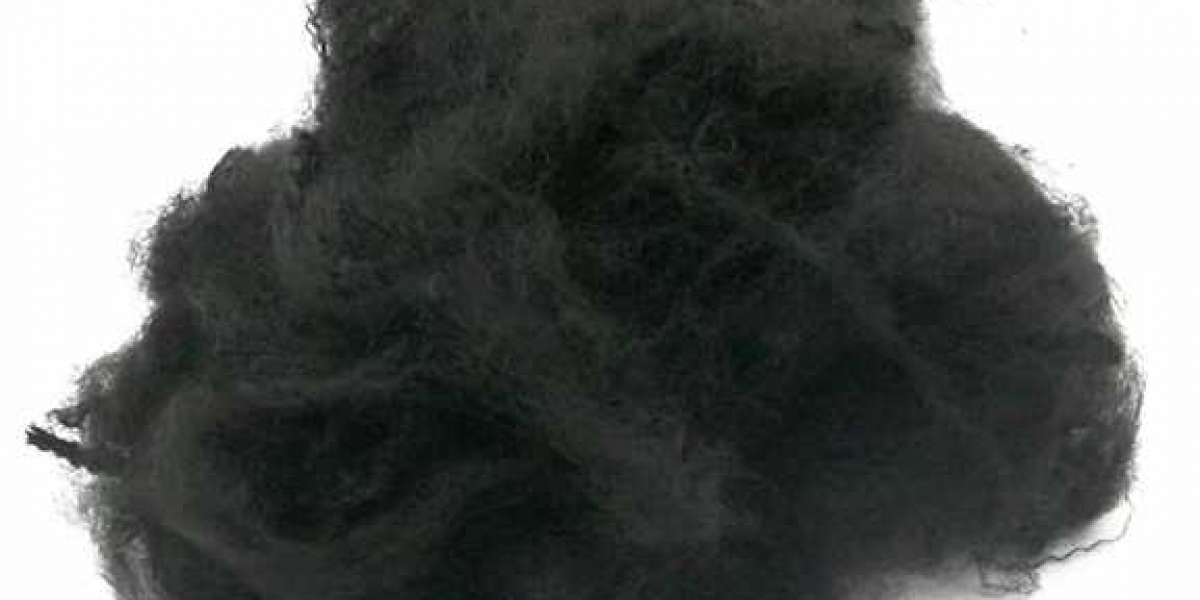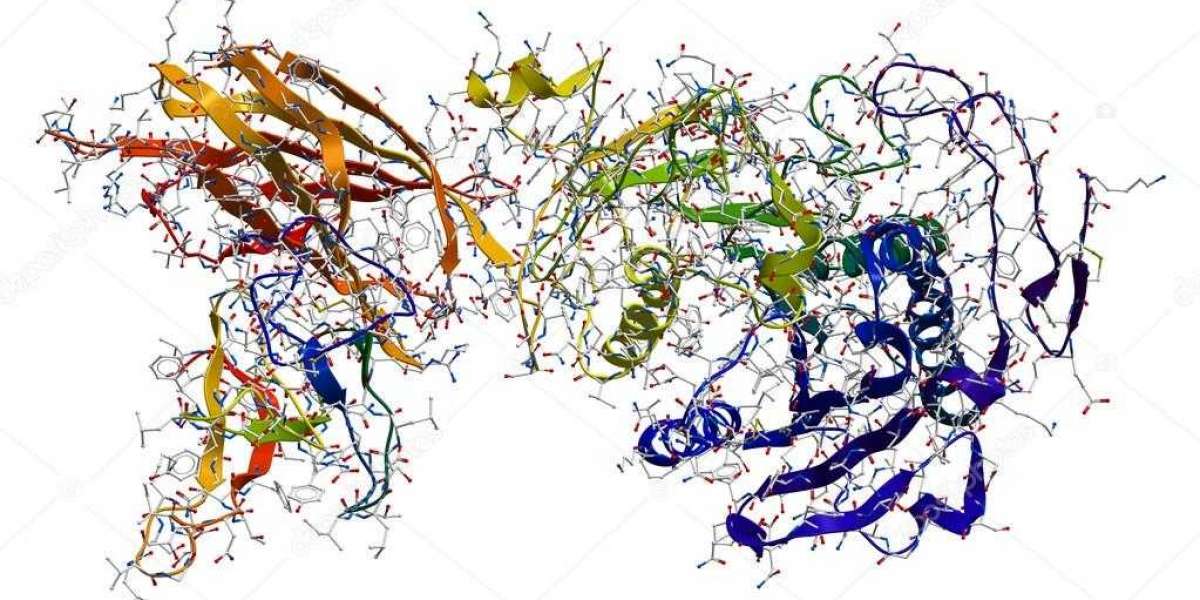The characteristics of recycled polyester fabrics
Recycled polyester fabric is a new type of environmentally friendly recycled fabric. Its yarn is extracted from discarded mineral water bottles and Coke bottles. It is also commonly known as Coke bottle environmental protection cloth (RPET fabric). It can be recycled and reduce carbon dioxide emissions, saving nearly 80% of energy compared to conventional production of polyester fibers. Because this product is waste recycling, it is very popular in foreign countries, especially in developed economies in Europe and America. It is used in suspenders, shirts, skirts, children's clothing, silk scarves, cheongsam, ties, handkerchiefs, home textiles, curtains, pajamas, bows, Gift bags, sleeves, fashion umbrellas, pillowcases.
Measurement method for recycled polyester fibers
Denier (denier, abbreviated as D) is a method of expressing the fineness of chemical fibers, which refers to the mass grams per 9,000 meters of yarn or fiber under a certain moisture regain. The larger D is, the thicker the fiber is.
Te number (tex, tex) refers to the mass grams per kilometer of yarn or fiber at a given moisture regain. The commonly used unit is dtex (dtex, referred to as decitex), 1dtex=0.1tex.
The conversion method of common unit denier and decitex is: decitex (dtex)=1.11*denier (D), such as 1.56dtex=1.4D.
Uses of recycled polyester fibers

Recycled polyester fabric is waste recycling, and it is very popular in foreign countries, especially in developed countries in Europe and America. It can be used in shoulder bags, luggage linings, school bags, socks, fashion bags, suspenders, maternity clothes, T-shirts, children's clothes, men's and women's casual wear, Windbreaker, down (winter) clothing, close-fitting baby clothing, gloves, scarves, towels, bath towels, storage box linings, beach shorts, swimwear, pajamas, sportswear, drawstring pockets, gift bags, jackets, tote bags, shopping bags, Hats, shoe materials, bags, umbrellas, curtains, etc.
In addition, recycled polyester fibers are often blended or interwoven with various fibers, such as cotton polyester, wool polyester, etc., which are widely used in various clothing and decorative materials. Polyester can be used for conveyor belts, tents, canvas, cables, fishing nets, etc. in industry, especially polyester cords used for tires, which are close to nylon in performance. Polyester can also be used for electrical insulating materials, acid-resistant filter cloth, medical industrial cloth, etc. Synthetic fibers have been widely used in various fields of the national economy due to their high strength, wear resistance, acid resistance, alkali resistance, high temperature resistance, light weight, warmth, good electrical insulation and no fear of mildew.
Advantages of recycled polyester fibers
Polyester fiber is nearly 1 times stronger than cotton and 3 times stronger than wool, so polyester fabrics are strong and durable.
Heat resistance: It can be used at 70~1700C, which is the best heat resistance and thermal stability in synthetic fibers.
Elasticity: The elasticity of polyester is close to that of wool, and its wrinkle resistance exceeds that of other fibers. The fabric does not wrinkle and has good running properties.
Abrasion resistance: The abrasion resistance of polyester is second only to nylon and ranks second among synthetic fibers.
Water absorption: Polyester has low water absorption and moisture regain and good insulation performance, but due to low water absorption, the static electricity generated by friction is large, and the dyeing performance is poor. Polyester is used as a clothing fiber, and its fabrics are wrinkle-free and iron-free after washing.
Future market expectation of black recycled polyester staple fiber
1. Use the futures market for inventory management. For production enterprises, if the inventory pressure is large, they can refer to their own raw material procurement costs and processing costs, and sell their spot inventory in the futures market to preserve value at a suitable price. For downstream textile and yarn enterprises, if their own raw material inventory is low and they are worried about the future rise in staple fiber prices, they can build virtual inventory in the futures market and purchase and stock up at low prices.
2. Lock in profits and stabilize production. Since the two major raw materials of polyester staple fiber, PTA and ethylene glycol, have mature futures varieties, after the staple fiber futures are listed, manufacturers can lock in processing profits in peak seasons. Such as multi-raw material PTA and ethylene glycol, empty polyester staple fiber. Through the operation of the futures disk, manufacturers can lock in acceptable processing profits, operate stably in a complex and changeable environment, and avoid the risk of large fluctuations in profits.
3. Promote the diversification of pricing models in the polyester staple fiber industry. At present, the spot market pricing model of polyester staple fiber mainly adopts the one-off price method. Manufacturers usually make quotations based on the market conditions of the day, as well as their own inventory and processing costs; Sinopec, Hengyi, and Sanfangxiang have contract prices. As enterprises in the staple fiber industry chain gradually participate in futures trading, the "polyester staple fiber futures price + basis" negotiation is expected to become the mainstream mode of spot price negotiation in the future.
Black Recycled Polyester Staple Fiber Supplier
Jiangyin Yongbang Chemical Fiber Co., Ltd. mainly produces various white and black regenerated staple fibers with high quality and trustworthy. For purchase, please feel free to contact us, we will serve you wholeheartedly.








